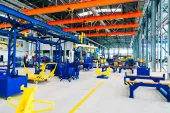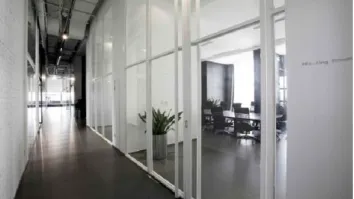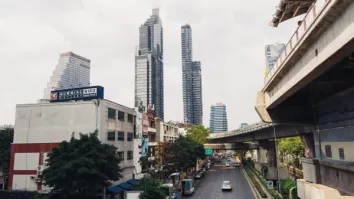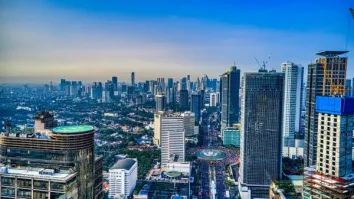
New supply of business parks in Singapore to drop to 818,000 sq ft in 2025
This is a massive decline from the new supply of 3.3 million sq ft GFA projected for 2024.
According to a Savills report, Singapore manufacturers grapple with weak demand from the major economies, especially when large markets like China are experiencing a slower-than-expected reopening.
Savills analysts believe that this will continue to be the case for the foreseeable future as global supply chains rewire towards a China plus one network. The latter is a move by manufacturers to build other plants outside China to hedge against future supply chain disruption. “Thus, not only do we have a global-ex-US economic slowdown, but South-East Asia (with the exception of Vietnam) also faces a dilution of demand/supply of goods and services coming from China due to the re-routing of supply chains.”
Here’s more from Savills:
Despite escalating headwinds and subdued growth in the manufacturing sector, most industrial property types are expected to see further growth, with prices and rents remaining on an upward trend for the rest of the year. While demand for multiple-user factories is likely to be driven by new growth areas such as high-value manufacturing, rents are forecast to increase by 4% to 6% in 2023.
Owing to limited supply for quality warehouse space, rents for warehouses are also expected to grow by 3% to 5% in view of the strong demand for modern and high-specification logistics spaces.
The challenges facing manufacturers, especially Small and Medium Enterprises (SME), will motivate those who have excess industrial space or are holding onto assets with longer term leases to either sub-let or arbitrage the lease by downgrading to those with a shorter lease term.
If business conditions continue to remain tough for SMEs, the prices of 30 or shorter-term industrial leases may see prices being forced up by a cascade of downgraders. Ultimately, when push comes to shove, an entrepreneur will need to raise cash or reduce his burn and the shorter term industrial properties will provide that avenue for him/her to raise liquidity.
For business parks, looking beyond the current tech winter, there should be sustainable interest in the medium term. This comes from the tight supply in business park space where we have new supply collapsing from 3.3 million sq ft GFA in 2024 to 818,000 sq ft GFA in 2025. Thereafter, the JTC statistics show no supply.
For high-spec industrial space, demand has been strong, underpinned by the rise of high-value manufacturing industries such as advanced manufacturing, technology and biomedical science firms. High-spec industrial spaces with modern facilities and excellent accessibility are expected to see healthy demand amid tight supply. With that, overall rents for prime business park and high-spec industrial space are forecast to continue to trend up this year.
We believe that both rents and prices for industrial and warehouses should continue to rise in 2023. One factor keeping these two afloat is inflation. The other is higher interest rates. Also, as most landlords are financially strong, it puts them in a better position to pass their higher interest expenses on to tenants.



















 Advertise
Advertise





